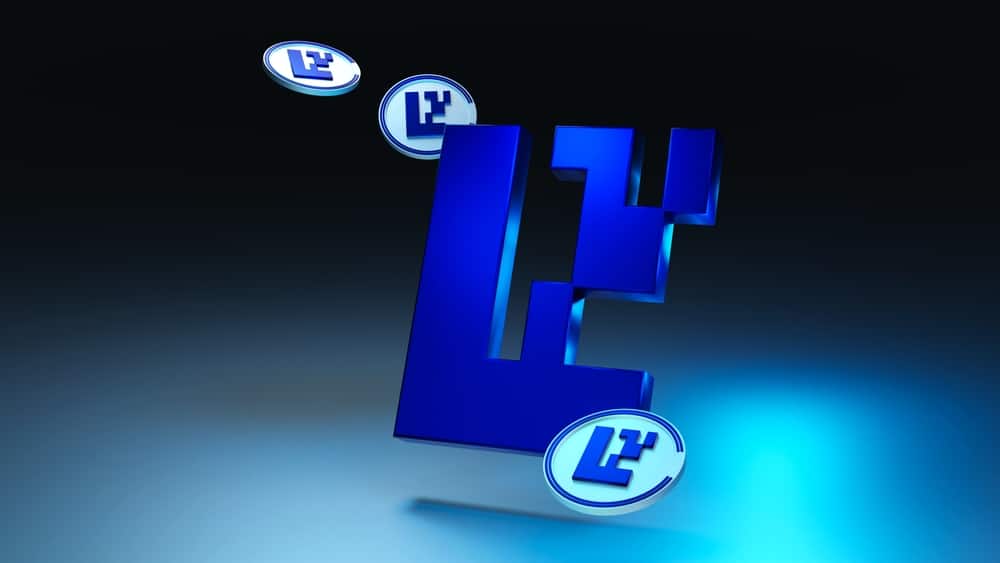
Ethereum-based Restaking Protocol EigenLayer Edges Closer to EIGEN Tokens Distribution Plans
The Eigen Foundation on Monday, April 29, revealed plans to distribute EIGEN tokens starting on May 10. The Eigen Foundation behind the EigenLayer restaking protocol on Ethereum confirmed that the upcoming token airdrop excludes US and VPN users.
Staking in the crypto space involves locking the digital asset holdings to support the blockchain’s integrity, efficiency, and security in validating transactions. EigenLayer protocol offers Ethereum staking that uses a single stake in multiple blockchains.
EigenLayer Rewards Staking with EIGEN Tokens
Eigenlayer involves a blockchain network that leverages the staked Ether as the native coin. Users staking ETH on the Ethereum can restake the tokens to the EigenLayer, earning additional rewards from validating transactions on the two networks.
EigenLayer developers hail the staking solution as more secure than a case where they would utilize a separate token. The restaking allows the Eigenlayer protocol to tap Ethereum’s security to eliminate the need to build trust from the onset.
The opportunity to restake on Eigenlayer is regarded by Artemis and QuickNode in April 18 updates as the leading drivers of crypto assets to the decentralized finance (DeFi) ecosystem.
A March snapshot of eligible wallets by the Eigen Foundation illustrated that the EIGEN token airdrop lasts 120 days, starting May 10 till September 7. As of mid-March, the initial stakedrop distribution features 5% of the EIGEN token supply benefiting users involved in staking activities.
The Monday update confirmed the eligibility for the airdrop as individuals involved in direct staking with the EigenLayer protocol and those utilizing the liquid staking tokens (LRTs). The initial cycle will involve two phases, during which 90% of the tokens are distributed to those meeting eligibility requirements, while the rest are allocated in a subsequent phase.
The 10% allocation targets individuals who interact with the EigenLayer complexly. The phase accommodates parties where determining the EigenLayer end-user is impossible or necessitates reaching an opinionated decision.
EigenLayer Locks Out US and Canada Users from Upcoming Airdrop
The Eigen Foundation outlined several restrictions that will guide the airdrop. The airdrop will exclude users utilizing IP address blocks from regions listed in the international sanctions and high-risk territories. The update indicates it excludes users from the US, China, Canada, Cuba, Iran, Venezuela and North Korea.
EigenLayer confirmed implementing VPN and proxy detection alongside blocking controls to avoid individuals circumventing the geo-location controls. Doing so will help prevent claims by parties that utilize VPN and similar proxy technologies.
The Eigen Foundation plans to retain 15% of the supply for subsequent drops. The EigenLayer journey began in 2021 when data science scholar Sreeram Kannan established the protocol.
The protocol shook off the humble start, with the former University of Washington steering the staking protocol to realize over $3 billion in total value locked (TVL) by February. stETH accounted for $560 million in deposits making the liquid staking token built by Lido Finance a critical constituent of the TVL.
The newly unveiled Eigen Foundation will support research and development executed on the EigenLayer protocol. The process will involve evaluating third parties, funding grants and stewarding the pursuit of greater decentralization.
EigenLayer Clarifies Restrictions Ahead of EIGEN Token Airdrop
The EIGEN token presents a complementary mechanism whose design addresses the intersubjective faults that have proven impossible to solve through ETH staking.
The Foundation explained that intersubjective faults involve misbehaviour incidents that one cannot objectively identify on-chain. However, two observers can reasonably agree that the misbehaviour deserves a penalty.
The news of the upcoming stakedrop coincides with the Eigen Foundation releasing the whitepaper that outlines the structure and tokenomics of the Eigen ecosystem.
The Eigen Foundation revealed that the initial phase will feature non-transferable yet non-forkable EIGEN tokens. The Foundation clarified that the restriction is necessary to support EigenLayer’s growth and maturity in the long term.
The Foundation added that the exhaustion of the initial phase will attain full functionality of the EIGEN token. By then, holders can consider forking and transfer as desired.




